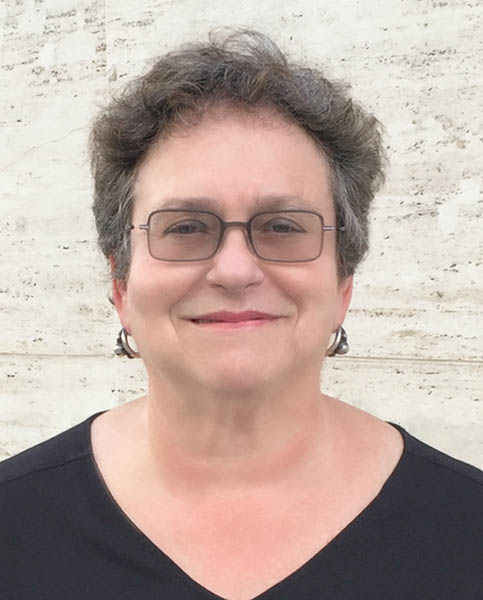Healthy Vision/Older American’s Month
Dr. Jill M. Bjerke, SilverSpaces.com
May 2022 happens to not only be Healthy Vision Month, but also celebrates Older Americans Month. The Administration for Community Living (ACL) “will be focusing on aging in place – how older adults can plan to stay in their homes and live independently in their communities for as long as possible. The 2022 theme is Age My Way, an opportunity for all of us to explore the many ways older adults can remain in and be involved with their communities. We’re going to be discussing how planning, participation, accessibility, and making connections all play a role in aging in place – emphasizing that what each person needs and prefers is unique.”
When it comes to planning for your home to meet your future needs, vision can play a particularly unique role. As we grow older, many things can affect our vision from infections to glaucoma or cataracts, to just simple aging of the eye. All of these need to be considered when creating a safe home environment.

A practical solution for managing the loss of peripheral vision is a clear distinction in color between walls and floors (i.e. walls white with floors and dark floor or baseboards). This allows the brain to unconsciously “know” where your body is in relation to what is around you.
Trips and falls in older adults are the number one reason seniors end up in the emergency room. The Center for Disease Control (CDC) states: “Falls among adults 65 and older caused over 34,000 deaths in 2019, making it the leading cause of injury death for that group. In 2019, the emergency department recorded 3 million visits for older adult falls. Older adult falls cost $50 billion in medical costs annually, with 3/4 paid by Medicare and Medicaid.”
But realistically, the incidence of trips and falls in the home can be reduced with a simple home assessment that identifies specific dangerous situations and then mitigating them.
- The most obvious is “throw” and area rugs that are not secured to a floor.
- Another is high thresholds between rooms or at entrances. There are mini-ramps that can be installed to prevent trips and to allow safe passage for walkers and wheelchairs. (https://trafficsafetyzone.com/product/rubber-wheelchair-ramp-1-high/).
- If there are electrical or other cords that are present in walking spaces, these also are possibly unseen, hazards.
- Creating unobstructed walking paths through the home creates a much safer environment.
The key to healthy aging is adapting your home to your changing lifestyle and health. So ask yourself – is your home ready for your future? Try the Silver Spaces home assessment now and find out for yourself! An easy way to create that home for your future.
home assessment now and find out for yourself! An easy way to create that home for your future.
Administration for Community Living. Web.
https://acl.gov/oam/2022/older-americans-month-2022
Yuko, Elizabeth. What Is Peripheral Vision? Updated on November 01, 2022. Web
https://www.verywellhealth.com/peripheral-vision-509-7416
Centers for Disease Control
Older Adult Fall Prevention
https://www.cdc.gov/falls/index.html

























